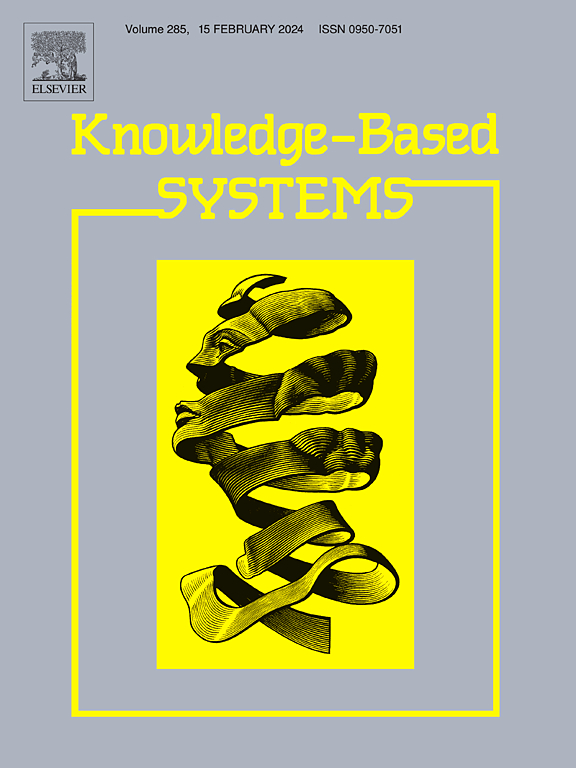Disentangled and reassociated deep representation for dynamic survival analysis with competing risks
IF 7.2
1区 计算机科学
Q1 COMPUTER SCIENCE, ARTIFICIAL INTELLIGENCE
引用次数: 0
Abstract
Survival analysis has been extensively utilized to analyze when the event of interest occurs. However, most of present studies merely focus on single risk and static data, while incapable of handling the scenario where competing risks and longitudinal observations are involved, which is prevalent in clinical practice, especially in the ICU. Although some impressive progress has been made in recent years, they generally utilize a single encoder to learn patient representations and input identical representations into each cause-specific subnetwork to learn the survival distribution of competing risks, thereby neglecting the specificity and association of each risk factor. In this study, we propose a novel model, namely competing risks disentangled and reassociated deep representation for dynamic survival analysis. On one hand, we propose risks-disentangled autoencoders to learn specific representations for each risk factor with contrastive learning. On the other hand, a risks-reassociated representation fusion module is proposed to explicitly learn the association relationships among competing risk representations with attention mechanism. Through extensive experiments on two popular clinical datasets, i.e., MIMIC-III and eICU, we demonstrate that our proposed model achieves advanced survival prediction performance. Visualization and interpretability analysis experiments are also provided to indicate the superior performance of our model.
求助全文
约1分钟内获得全文
求助全文
来源期刊

Knowledge-Based Systems
工程技术-计算机:人工智能
CiteScore
14.80
自引率
12.50%
发文量
1245
审稿时长
7.8 months
期刊介绍:
Knowledge-Based Systems, an international and interdisciplinary journal in artificial intelligence, publishes original, innovative, and creative research results in the field. It focuses on knowledge-based and other artificial intelligence techniques-based systems. The journal aims to support human prediction and decision-making through data science and computation techniques, provide a balanced coverage of theory and practical study, and encourage the development and implementation of knowledge-based intelligence models, methods, systems, and software tools. Applications in business, government, education, engineering, and healthcare are emphasized.
 求助内容:
求助内容: 应助结果提醒方式:
应助结果提醒方式:


